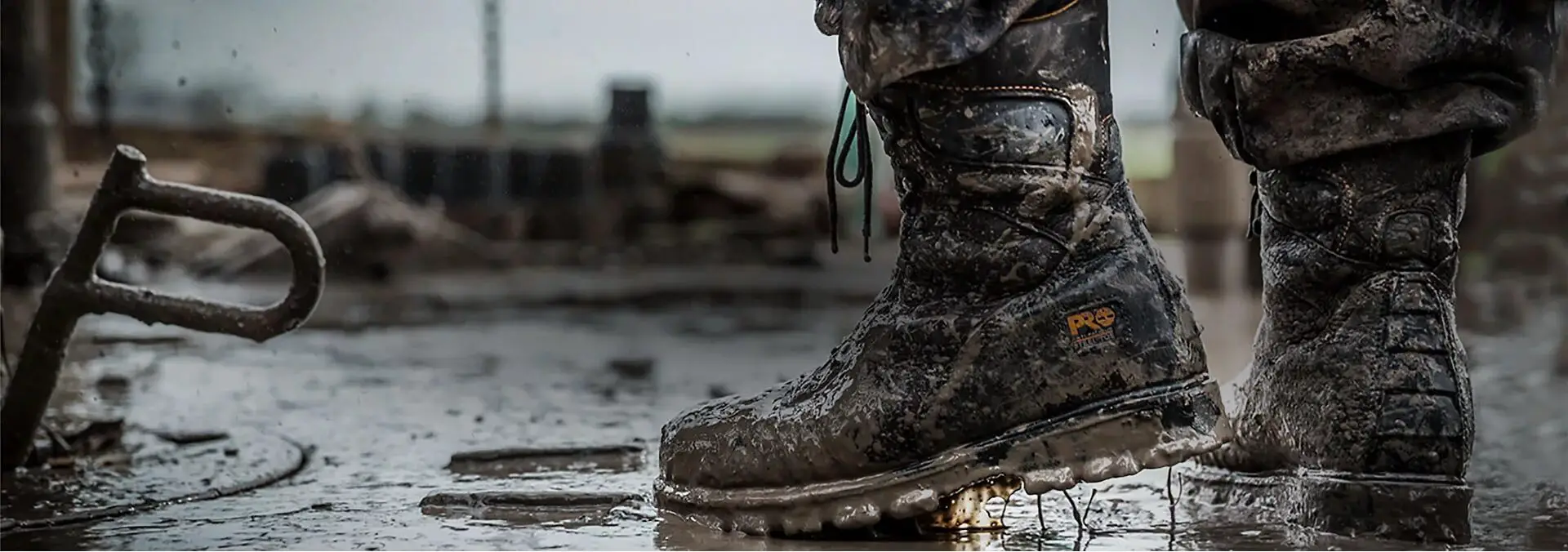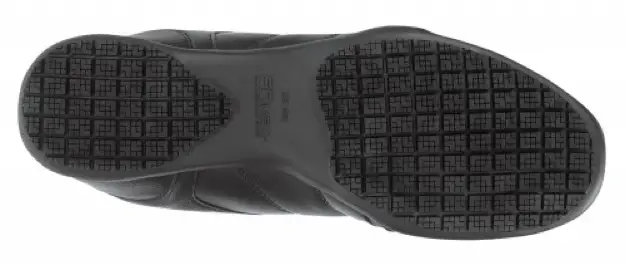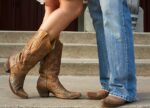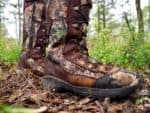Characters slipping and falling on their backs in movies and cartoons would definitely crack you up, but when it happens to you in real life, it’s just a broken back, some tears and a buttload of embarrassment.
So how will you save your face and back from those nasty slippery floors??? Well the solution must be staring right back at you at Walmart or on Amazon.
Oil resistant/slip-proof shoes can be a lifesaver when it comes to tackling greasy floors. But then a crucial question remains, “ How will I figure out if my shoes are indeed oil/slip resistant?”
Well, wave your worries goodbye because we are here to help you out. If you pay some attention to the shape, tread pattern and material of the sole, you can easily find your perfect pair of slip resistant shoes.

6 Tips to ensure that our shoes are slip resistant
1.) Examine the pattern on the sole
The best way to make a shoe slip resistant is by increasing the unevenness of its sole to improve friction. So to make sure that your shoe is slip/oil resistant make sure that the sole contains intricate patterns/grooves that would improve its grip. The surface area, shape and number of grooves on the tread surface also matters a lot.
You can find bulging or circular or hexagonal tread patterns on the sole and according to researchers Alexey Tsipenyuk and Michael Varenberg, the hexagonal tread pattern provides the highest slip resistance.
The surface area of the patterns also plays a big role in slip resistance. The smaller the area of each individual pattern, the more the number of patterns and the more the friction.
Hence for maximum slip resistance you should make sure that the tread patterns are more in number and less in area.

2.) Examine the material of the sole
The material of the sole should be able to stick on to the surface and provide a firm grip. Materials like plastic are not well equipped for oily surfaces. Rubber or its synthetic alternatives can be considered as the best fit for slip resistant soles.
Researchers suggest that when rubber moves over a smooth surface, strong molecular force is generated between the two layers, which manifests as friction or slip resistance.
3.) Examine the shape of the Sole
If the sole of the shoe lies flat on the floor, the friction between the sole and the surface will be low as the two surfaces will slide past each other easily and there is also the added risk of liquid getting trapped in between the surfaces, which increases the risk of slipping.
Therefore it is advisable to opt for shoes having rounded soles for better slip resistance.
4) Examine the material and coverage of the top of the shoe
Since the working space or walking space is prone to liquid spills, it is equally important to keep your feet warm, clean and comfortable.
If you are working in a factory, where there can be an oil leak or in a kitchen, where you can spill hot soup on your feet, you should have a slip resistant shoe that will cover up your feet perfectly to save you from burns.
Look for waterproof tops made of naturally water repellent materials like leather or make sure that the material has a TEX membrane coating to keep away fluids. In case of long working hours it will also be applicable to choose shoes made of breathable materials.
5) Find shoes that fit your feet perfectly
When buying oil/slip resistant shoes it is important to find a pair that fits your perfectly. If the shoe is too big for you, your feet might just slip out of the shoe, resulting in you falling on to the floor and making the whole act of wearing a slip resistant shoe quite pointless.
The shoe shouldn’t be too tight as well, as that could restrict blood flow and give you pins and needles. Make sure to tie your shoes perfectly and in case of fit issues, you can depend on special insoles and pads to give you the desired fit.
6) Check the claims and reviews
When purchasing oil resistant shoes online check for ‘slip resistant’ tags and closely examine all the above mentioned features of the shoe, such as the sole shape, tread pattern, material etc.
Also look for reviews and ratings of the product and see if the shoes really live up to the claims. If the shoes checks all the boxes, then go on and get yourself a pair of oil resistant shoes/boots and put an end to the slipping and falling fiasco.
See also: How to Tell and Make Shoes Slip Resistant
Causes of Slippage
Friction is the resistance that occurs when two surfaces slide against each other. We are able to take firm steps as the ground resists our feet, ie, because of friction. The rougher the surface the greater the friction.
When you are working in a kitchen or garage or anywhere with greasy floors, the film of oil or liquid on the floor smoothens out the surface and minimizes the friction, thereby inducing slippage.
For a shoe to be slip resistant, it has to ensure that it provides enough friction to keep you steady on the ground. The following tips will help you find your perfect pair of oil/slip resistant shoes that would be worth every penny you spend.
A few DIY ideas to improve sole grip
Well if you have already bought a brand new pair of shoes and wants to amp up its slip resistance, then you can make use of these tricks.
-Rubbing the sole of your shoes with sandpaper can improve the grip.
-Applying hair spray on to the sole can make the sole stick better to the floor, reducing chances of slippage.
– You can stick sand/salt on to the sole to increase friction.
But it would be best to invest in a decent pair of oil/slip resistant shoes if your profession or vacation warrants it.
Keep in mind the six golden tips and if a shoe checks all the boxes, know that you have found your perfect pair.







